Exploring the Google APM Interview Process: A Personal Journey
Written on
The Google APM Interview Process: My Insights
I’m sharing my journey through the product interview landscape at leading tech firms in Silicon Valley, focusing on my experience with the Google Associate Product Manager (APM) program. This is part three of my five-part series.
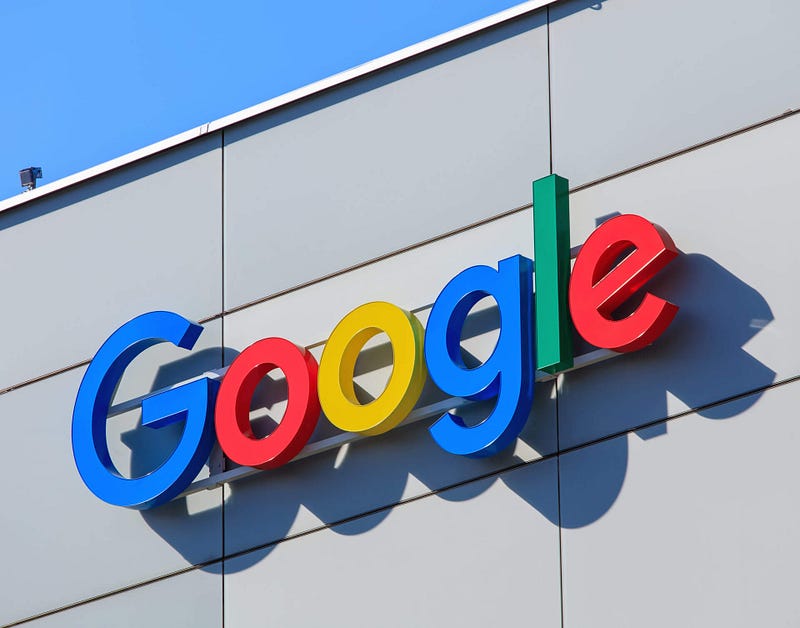
Google APM Full-time Recruitment Timeline
- Initial Recruiter Call
- Technical Interview
- Take-Home Task
- Onsite Interviews: One product design, one estimation, one behavioral interview
Applying for the Google APM Internship
In September 2020, I applied for the Google APM internship through a referral on their Careers page. A friend at Google provided a Google Form that enabled me to apply for three positions simultaneously. I highly recommend seeking a referral if possible, though it’s not essential; I’ve secured interviews and offers by applying without one. For updates on APM application openings, check out theapmlist.com.
One unique requirement from Google is submitting your latest academic transcript. It's crucial to be honest—falsifying information can result in losing future opportunities. Recruiters communicate within the industry, and my own recruiter questioned my poor GPA of 2.4 from the previous term. I didn’t have a solid excuse, so I simply joked about it, which helped me advance to the next stage.
Round 1: The Initial Recruiter Call
For the APM program, Google skips traditional recruiter screenings. My first call was with an existing product manager, and instead of the expected behavioral questions, I was asked a product design question. I got lucky with a straightforward prompt asking about my favorite product and potential improvements, while others faced tougher queries. Be prepared for a variety of questions covering design, strategy, and metrics.
Round 2: Technical Interview
The second round involved a video interview with a software engineer via Google Meet. The focus was on demonstrating fundamental computer science concepts, particularly API design. This isn’t a coding interview, so familiarity with Google Jamboard is recommended, although many find it unintuitive. I struggled with it during my interview and opted to communicate verbally instead.
Expect this interview to cover a range of topics, from your previous technical work to system design. If your technical background is limited, prepare examples of feature suggestions you've made and how you engaged stakeholders in technical discussions. Be ready to diagram systems like social media apps or databases.
Round 3: Take-Home Assignment
Without divulging specifics, my prompt was to develop a new product addressing a recent challenge in a saturated market, exacerbated by COVID-19. While the product wasn't for Google, incorporating Google solutions into your proposal can be beneficial. You can submit your response as either an 8-page Google Doc or a 20-slide Google Slides presentation, with criteria including pitch quality, creativity, and market analysis.
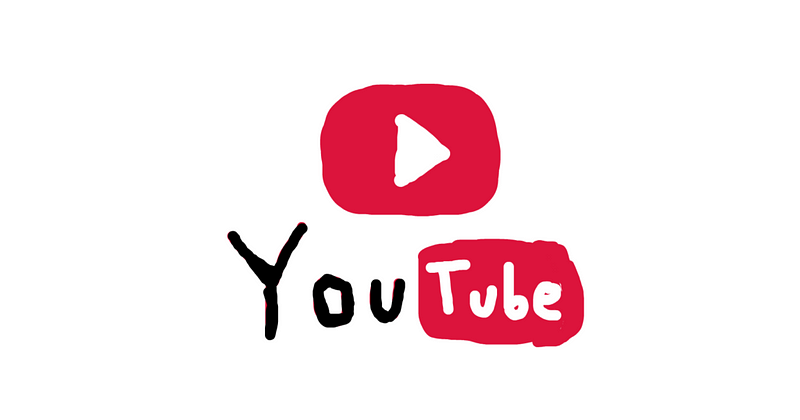
Round 4: Final Interview Day (Three Interviews)
If you reach the final stage, the Google APM team provides a mock interview study session. While it’s tempting to gauge the competition, focus on your preparation instead. You can remain anonymous if you're camera-shy.
The onsite interviews consist of three parts: design, estimation, and behavioral. Google uniquely emphasizes estimation questions, which may not be as prevalent in other companies. I recommend saving preparation for estimation questions until this round.
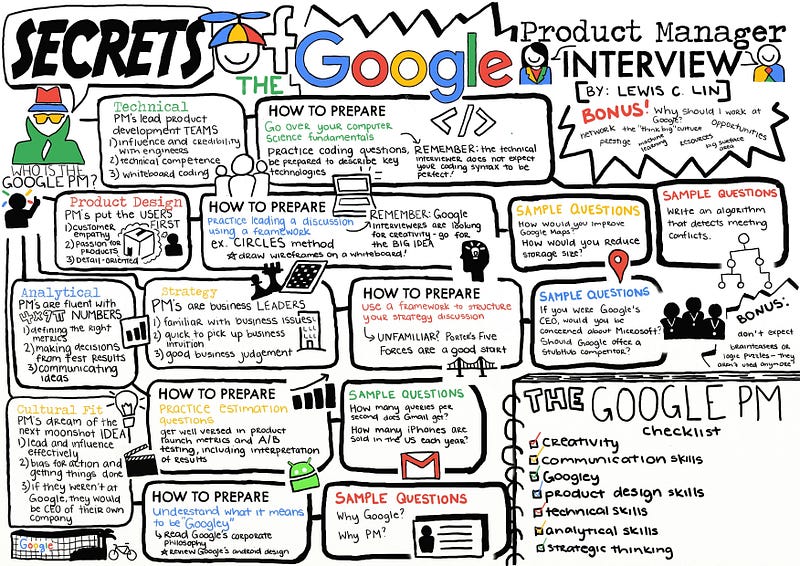
Interview 1 — Product Design
The product design question I received was typical, asking me to create a product without a specified audience. Here’s how I approached it:
- Clarifying Questions: Understand the scope. Is it a digital or analog clock? Is it physical or virtual?
- Roadmap: Organize your ideas to help your interviewer follow along.
- User Identification: Determine who your users are and their goals.
- Pain Points: Identify three main issues with current solutions and address them.
- Solution Brainstorming: Propose solutions for the identified problems, linking each to the corresponding pain point.
After designing my product, I was prompted to discuss the launch strategy.
Interview 2 — Estimation/Metrics
For my second round, I tackled a market sizing question concerning a new product launch, followed by metrics questions on measuring performance.
Here’s my estimation approach:
- Clarifying Questions: Define the terms and parameters of the question.
- Common Stats: Memorize key statistics like US population.
- Assumptions: Clearly state any assumptions you make.
- Equation Setup: Draft an equation without specific numbers.
- Edge Cases: Reflect on any potential oversights in your calculations.
- Final Calculation: Fill in the numbers and make sure your answer is logical.
It's vital to keep calculations straightforward and verify your logic with your interviewer as you proceed.
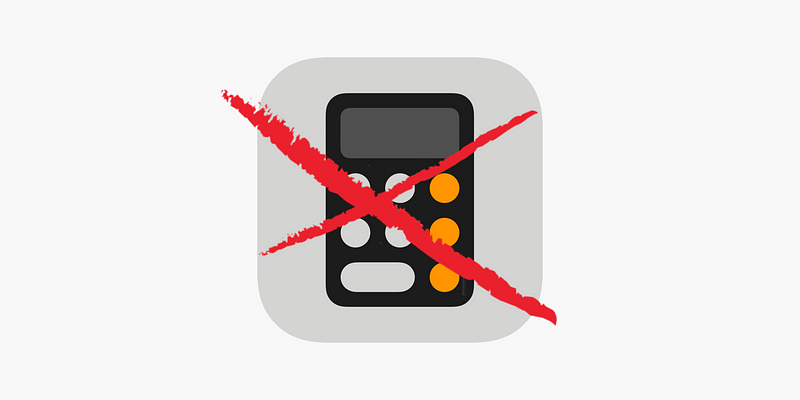
Interview 3 — Behavioral
Typical behavioral questions focused on past experiences, conflict resolution, and leadership. Here are some tips for standing out:
- Research Your Interviewer's Team: Discuss relevant features and trends to create a connection.
- Express Unique Opinions: Be knowledgeable about lesser-known Google products to leave a memorable impression.
On Cold Applications for the Google APM Full-Time Program
I applied for the full-time APM position in September 2021 without a referral. However, I had previously completed the final round for the internship, and a recruiter encouraged me to apply again. If it weren't for that, I would have reached out to my previous recruiter for assistance. Remember, referrals are helpful but not mandatory.
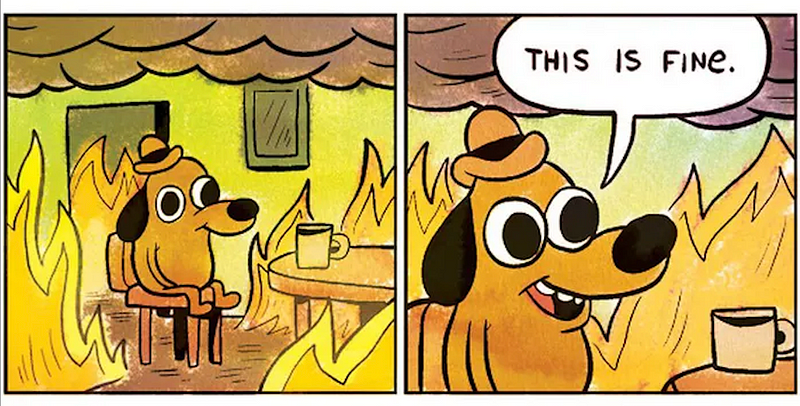
Recommended Resources (from the Google APM Team)
Books: - Cracking the Coding Interview (Gayle Laakmann McDowell) - Cracking the PM Interview (Gayle Laakmann McDowell) - Business Model Generation (Alexander Osterwalder, Yves Pigneur) - The Algorithm Design Manual (Thomas Cormen, et al.) - The Design of Everyday Things (Don Norman)
Interview Prep: - How we hire - Interviewing at Google - CodeJam: Practice and Learn - Technical Development Guide - How to Ace the Engineering Interview
Final Thoughts
Landing an interview with Google is a significant achievement for many in tech. During my first recruiter call, I was amazed to realize, "I’m speaking with someone from GOOGLE." Maintaining composure is crucial; I saw a peer struggle due to nerves and subsequently fail to advance. Remember, the interviewer is just another tech employee assessing your fit.
Many individuals don’t succeed on their first attempt, but persistence is key. My bootcamp instructor applied to Google nine times before being accepted, and one recruiter I spoke with applied three times to Facebook. It’s a numbers game—keep practicing, and you'll improve!
For more information about Google’s APM Program, click here!
Thank you for reading! If you enjoyed this article, please clap to indicate what content you’d like to see more of in the future. Here are links to other entries in my PM interview series:
- Uber APM Interview
- Facebook TPM Interview
- Salesforce APM Interview
- LinkedIn APM Interview
DISCLAIMER: This article reflects my personal experiences and is meant for informational purposes only. Interview processes may change over time. I strive to provide specific insights without disclosing confidential information. If you're a recruiter and believe I've shared anything that violates an NDA, please contact me for revisions.